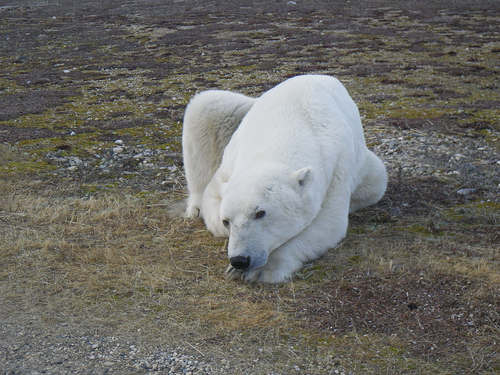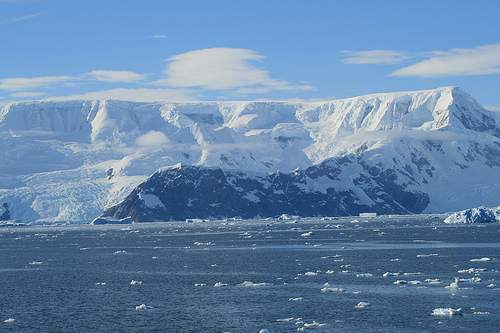Next time you’re grousing about having to turn down the heat to save on gas, think about the microbes of Antarctica’s Lake Vida. For the last 2,800 years, they’ve been chilling out at 8.6 degrees F (that’s -13 degrees C for you sciencey/European types) in what one scientist describes as “brine ‘mush'” that’s six times saltier than seawater. There is no oxygen there. There are the “highest nitrous oxide levels of any natural water body on Earth,” the BBC reports.
And when scientists invaded this icy paradise, they found “a diverse community of bugs.” These teeny ones metabolize really, really slowly. Their only source of energy might be chemical reactions between that crazy-salty water and iron-rich rock.
They are weird. They are unlike most everything that lives on this planet.
But they might be like theoretical bugs that might theoretically exist across the universe. Many of the moons spinning around our neighboring planets have icy parts that resemble Antarctic lakes. And so it may turn out that the first aliens we meet will not have cute wrinkly faces or terrifying bug arms or slimy drool. Instead, they may just be really small and really, really cold.



